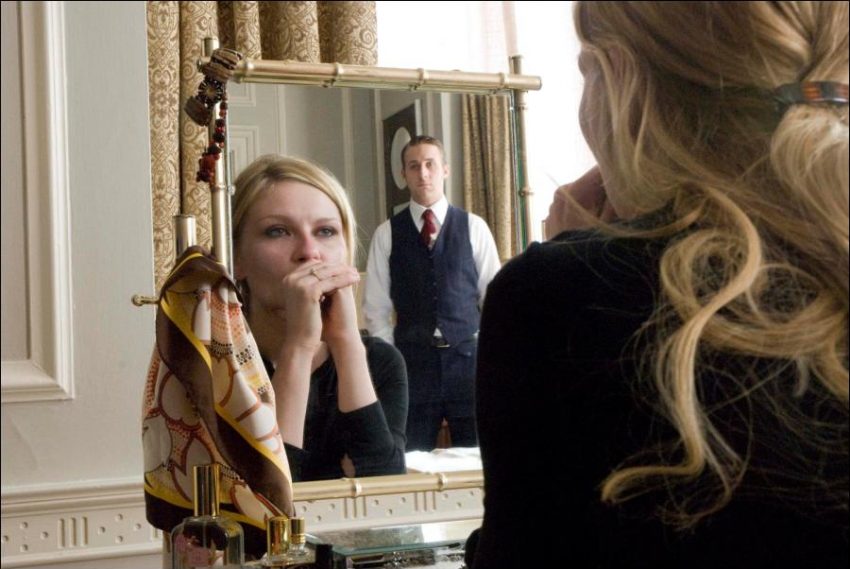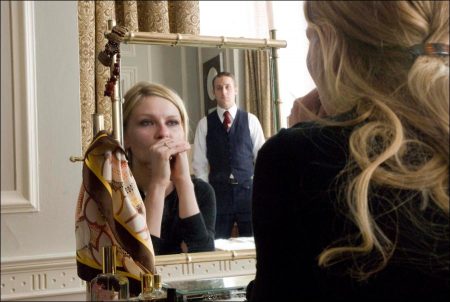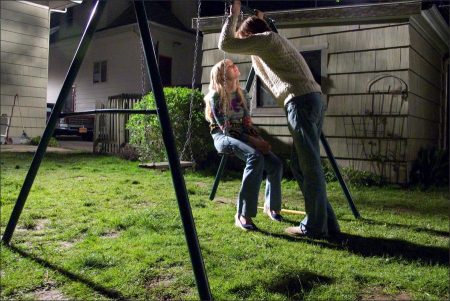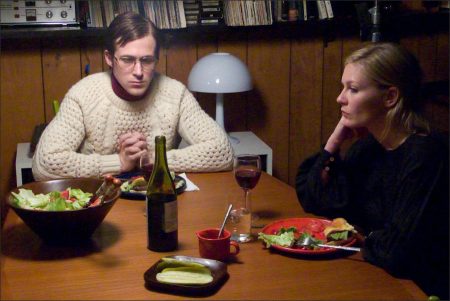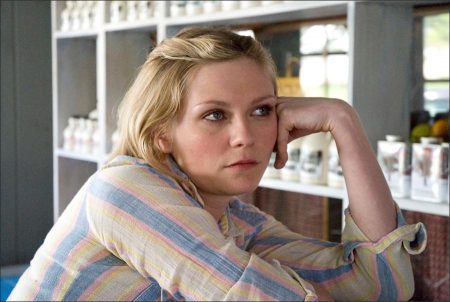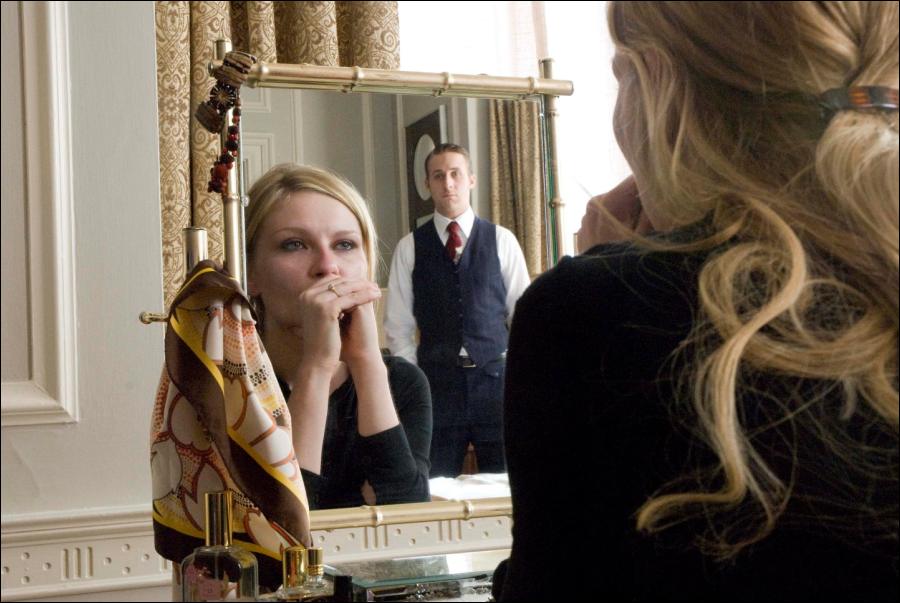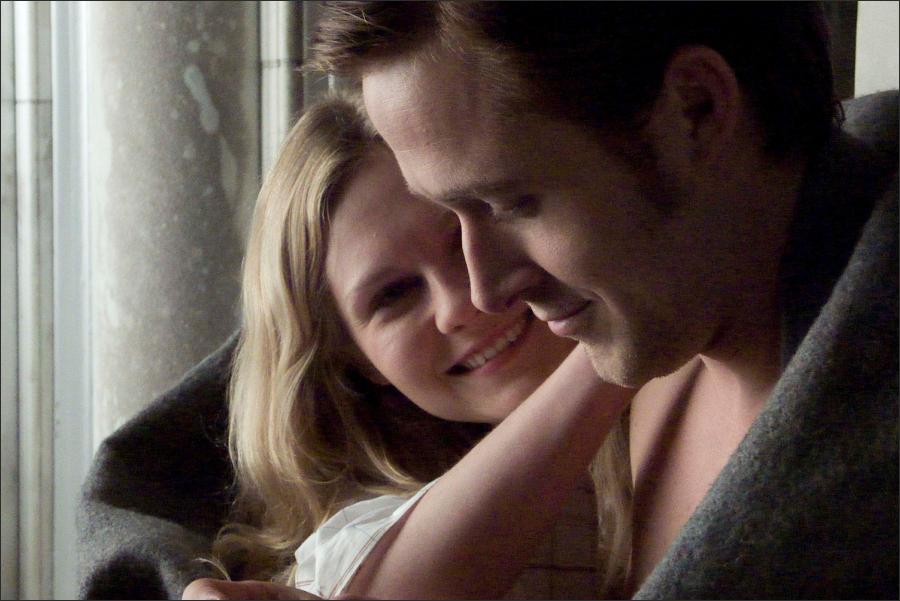All About All Good Things
“If anything happens to me, don’t let him get away with it.” — Kathie Durst just before her unsolved disappearance
· A love affair that ends with a devastating missing-person’s case in New York City that cannot be solved.
· An execution-style killing in Los Angeles with no viable suspects.
· A dismembered corpse set adrift in a remote Texas bay.
These events, which began with the most notorious missing person’s case in New York history, were the inspiration behind ALL GOOD THINGS, a love story and murder mystery set against the backdrop of a New York real estate dynasty. The film stars Oscar nominee Ryan Gosling, Kirsten Dunst, and Oscar® nominee Frank Langella, and was directed by Andrew Jarecki.
The film was inspired by the story of Robert Durst, scion of the wealthy Durst family. Mr. Durst was suspected of, but never tried for, the murder of his wife Kathie who disappeared in 1982 and was never found. To this day, despite multiple investigations and two other headline-making killings, Durst has never been convicted of a single murder and lives as a free, if haunted, man, having received $65 million to sever all ties to his family’s vast fortune. The original script for ALL GOOD THINGS was developed by Jarecki, Marc Smerling, and Marcus Hinchey and written by Smerling and Hinchey.
“In constructing this film, we used extraordinary elements from the life of Robert Durst as the inspiration for a dramatic story of desire, family, obsession, and murder,” says Jarecki. “We didn’t try to replicate the exact history, but worked to capture the emotion and complexity of this love story turned unsolved mystery that has for years been kept hidden from public view.“
“While we extensively researched the Durst case as a way to ground the film in some of its most unique moments and events, and even discovered things about the case that were not known before, we also wanted to be free to explore all the possibilities: the ones known and the ones that could perhaps never be known” said Jarecki. “So we created characters with fictional names.” The main characters in the film are David and Katie Marks, and David’s father Sanford Marks.
Jarecki is renowned for his Oscar® nominated documentary CAPTURING THE FRIEDMANS – itself a probing, emotionally explosive examination of a family torn apart by secrets – and might have been expected to take a similar approach to ALL GOOD THINGS. But he turned in the opposite direction. He and his creative partner, Marc Smerling, felt that the events that inspired this film, which have been so resistant to extensive police and journalistic investigations, would require a completely different path. They set out to make a powerful cinematic experience, while also speculating on the nature of and connections between three crimes that have gone unpunished and have never been understood.
In the innovative ALL GOOD THINGS, Jarecki explores all three, using the narrative form of a suspense thriller, and recruited some of Hollywood’s most sought-after actors – Gosling, Dunst, and Langella — to bring the characters to life.
Jarecki explains: “For me, the most important thing was getting inside the heart and mind of a man who was suspected of involvement in three deaths over the course of thirty years. Whatever the truth is about his involvement, David Marks loses everyone who is closest to him – and most importantly his wife — the one woman who truly loved him for who he was and who he could have been. The woman who could have been his salvation. I wanted audiences to experience their love story at an emotional level, to gain some understanding of what went wrong, and that meant bringing the story to life in the way that only great actors can.”
Jarecki has long been interested in the elusiveness of human behavior – a theme that came to the fore in CAPTURING THE FRIEDMANS. But now, as he began the hybrid process of making ALL GOOD THINGS, storytelling itself became a means of investigation. “What was remarkable,” he goes on, “is that in the process of doing research for the film, developing the script, rehearsing the film with the actors and ultimately shooting it, we developed views about the original case that we had never before considered. The final story became very much about power and its proxy – money – and what happens when it takes over at the expense of love,” observes Jarecki. “When power becomes the priority in a family, it can destroy all the love, justice, and humanity it finds in its path.”
Jarecki and Smerling were first drawn into Robert Durst’s dark and twisting tale years ago, when it was fodder for a blaze of tabloid headlines. They always suspected there was much more to the story than the lurid, sensational elements that drew so much attention.
“I’m always curious about the human side of monster stories, in decoding the real, complicated life that lies behind extreme behavior,” Jarecki explains. “Robert Durst, the man who inspired the character of David Marks, was presented as an almost burlesque figure in the media – this cross-dressing, fantastically rich, eccentric maniac – but when we began to research him, we found he started out as a guy we all can recognize, someone with hopes and dreams and a desire to have a good life. He met this girl from a modest family on Long Island, so far from sophisticated world he had inhabited as a young man, and fell in love. And for a time, she helped to make him a better person.”
Gosling’s portrayal of the film’s protagonist, David Marks, brings tremendous depth to the character. Abandoned by his mother who committed suicide when the boy was only seven, he came from a family of frozen emotion, where money and power were paramount. “At the start of our story, love seemed to have unlocked him; to have opened up dreams of a better kind of life, of greater peace, if only for a moment, and then his fateful decision to return to the his father’s world broke everything apart.”
Jarecki increasingly saw his two main characters, David and Katie Marks, as grappling, in different ways, with the conflicts between a yearning for love and the drive of ambition. “David was someone who was always at risk because of his family history and the damage that was done to him psychologically at a young age, but there was a real person there at one point, the person who went to Vermont with Katie full of hope for a life that would finally allow him love, a life that would put love above the ambition of his powerful father,” says the director. “His tragic error in judgment was returning to work for his father, and sacrificing his heart for a world that meant nothing to him.”
He continues: “Katie, on the other hand, was drawn not only to David, in spite of his problems, but to a world that she felt would free her to be all that she wanted to be. Both things can be true: that Katie was an innocent young girl who fell in love with someone irresistibly different; at the same time, she was also ambitious and wanted the opportunities of a life in Manhattan, far beyond what she had seen growing up in Mineola, Long Island.“ Adds Hinchey: “They were attracted to the opposites in each other. She liberated him from these social chains that had always been part of his life and he offered her the allure of a life she aspired to. It was a very romantic, complicated relationship that became dangerous. You see in their story how quickly a relationship can take on a perilous spiral.”
Equally intriguing to the filmmakers was the volatile, pressurized relationship between father and son – as the son inevitably follows the questionable choices of his elder.
Continues Smerling: “These were personal themes to us, because Andrew and I both had strong-willed patriarchs in our family.” (Smerling and Jarecki have been friends since grammar school.) He continues “We were both very aware of the kind of pressure that can be created in families when there are high expectations that you will follow in your father’s footsteps and add to the family’s fortunes. In the case of David Marks, it may have been more pressure than he could stand. The tragedy is that he winds up so far from where he imagined himself as a young man.”
A psychological question that came up repeatedly for the filmmakers was why the character of Katie would stay with David, even after an abusive cycle of violent episodes had begun. It’s a question that seems to arise in real-life again and again, whenever smart, successful, even powerful, women reveal abuse by a husband or lover.
“This kind of ambiguity can be uncomfortable for us to accept, but again, I believe two things can be true at once,” says Jarecki. “I think Katie could passionately love David and at the same time fear how he treats her. I think for years, she felt that she was helping him to evolve. Early on, she knew he had psychological issues, but she loved him and was going to stand by him. Later, recognizing that he won’t allow her to realize her dream of becoming a mother, she resolves to develop herself, enters medical school, and begins to find success on her own. But when the relationship becomes untenable, she finds herself trapped, unwilling to leave him and give up everything she’s worked for. At that point, she becomes dangerously disconnected from her own survival instincts.” Things deteriorate to the point that one rainy night in 1982, Katie disappears.
After Katie’s supposed disappearance, David’s life changes radically, (as was also the case for Robert Durst, who eventually drifted to the backwater of Galveston, Texas to escape the scrutiny of a renewed investigation into the case eighteen years later). Jarecki calls Galveston “the very edge of America – the last place you go before you slip off the radar.” There, Marks drops out of sight, living in a three hundred dollar-a-month apartment, dressing as a woman, pretending to be mute.
David tells us in court that he saw dressing as a woman as the most practical disguise he could think of — a simple way to leave his old identity behind: “It seemed to me the problem was David Marks. I just didn’t want to be David Marks anymore.”
All Good Things (2010)
Directed by: Andrew Jarecki
Starring: Ryan Gosling, Kirsten Dunst, Frank Langella, Lily Rabe, Philip Baker Hall, Kristen Wiig, Liz Stauber, Marion McCorry, Maggie Kiley, Marion McCorry, Trini Alvarado, Ashlie Atkinson
Screenplay by: Marcus Hinchey, Marc Smerling
Production Design by: Wynn Thomas
Cinematography by: Michael Seresin
Film Editing by: David Rosenbloom, Shelby Siegel
Costume Design by: Michael Clancy
Set Decoration by: Rich Devine
Art Direction by: Russell Barnes
Music by: Rob Simonsen
MPAA Rating: R for drug use, violence, language and some sexuality.
Distributed by: The Weinstein Company
Release Date: December 3, 2010
